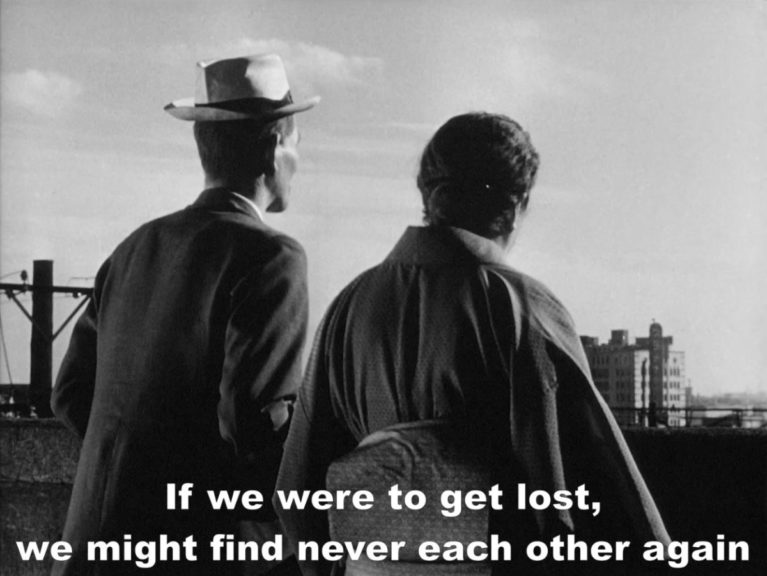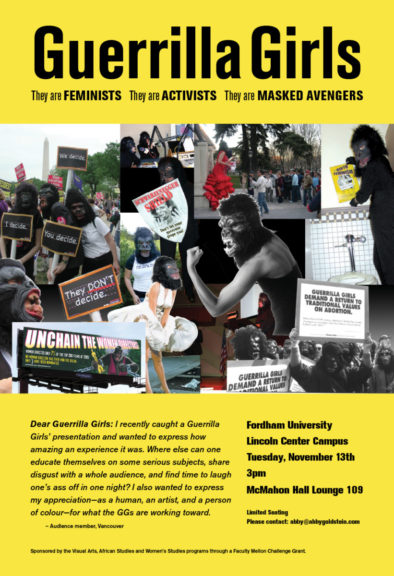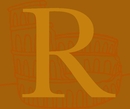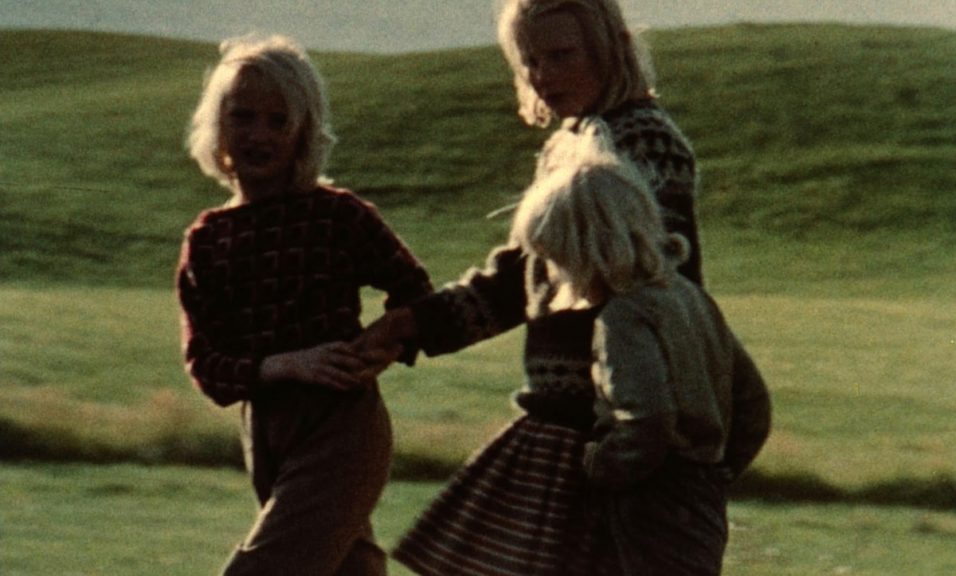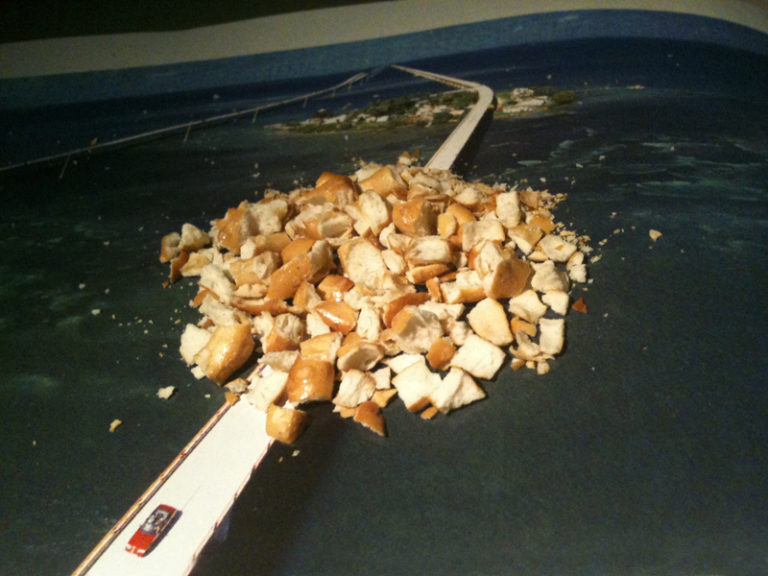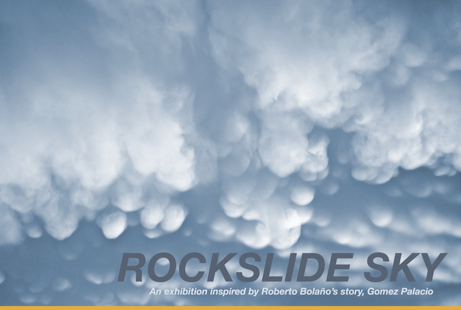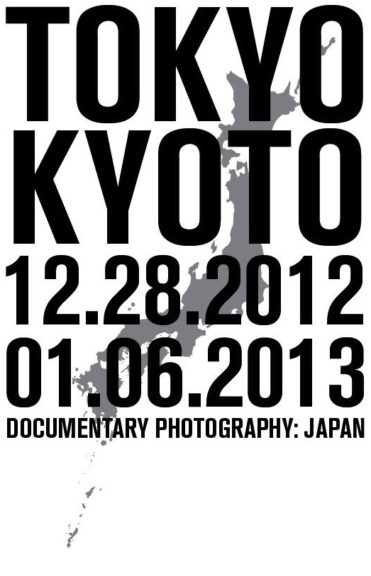Image caption: Pretzel Meteor from Seat Assignment, 2010 and ongoing
Nina Katchadourian Lecture
Tuesday, October 16, 2012, 6 PM
Fordham University Visual Arts Department
Lincoln Center Campus
113 West 60th Street at Columbus Avenue
New York, NY 10023
Room SL24H
Join artist and educator Nina Katchadourian for a presentation and discussion of her work, including her most recent project, Seat Assignment. Improvising with materials close at hand, Seat Assignment consists of photographs, video, and digital images all made while in flight using only a camera phone. The project began spontaneously on a flight in March 2010 and is ongoing. At present, over 2500 photographs and video, made on more than 70 different flights to date, constitute the raw material of the project.
Seat Assignment was exhibited for the first time in February 2011 at the Dunedin Public Art Gallery, a museum in the city of Dunedin on South Island in New Zealand. Since I had 22 hours of flight time from New York to get to the Dunedin I proposed to make the bulk of the work for the exhibition on the way there. In the exhibition, two of the three galleries focused on work made entirely en route. A third room contained works that functioned as a retrospective look on the first year of the project.
Click here for artist’s website
Biography: Nina Katchadourian was born in Stanford, California and grew up spending every summer on a small island in the Finnish archipelago, where she still spends part of each year. Her work exists in a wide variety of media including photography, sculpture, video and sound. Her work has been exhibited domestically and internationally at places such as PS1/MoMA, the Serpentine Gallery, New Langton Arts, Artists Space, SculptureCenter, and the Palais de Tokyo. In January 2006 the Turku Art Museum in Turku, Finland featured a solo show of works made in Finland, and in June 2006 the Tang Museum in Saratoga Springs exhibited a 10-year survey of her work and published an accompanying monograph entitled “All Forms of Attraction.” The Museum of Contemporary Art San Diego presented a solo show of recent video installation works in July 2008. In February 2010 she was the artist in residence at the Dunedin Public Art Gallery in Dunedin, New Zealand, where she had a solo show entitled “Seat Assignment.” She is currently at work on a permanent public piece, commissioned by the GSA, for a border crossing station between the US and Canada. Katchadourian is represented by Catharine Clark gallery in San Francisco.
For further information please contact: Stephan Apicella-Hitchcock: apicellahit@fordham.edu
